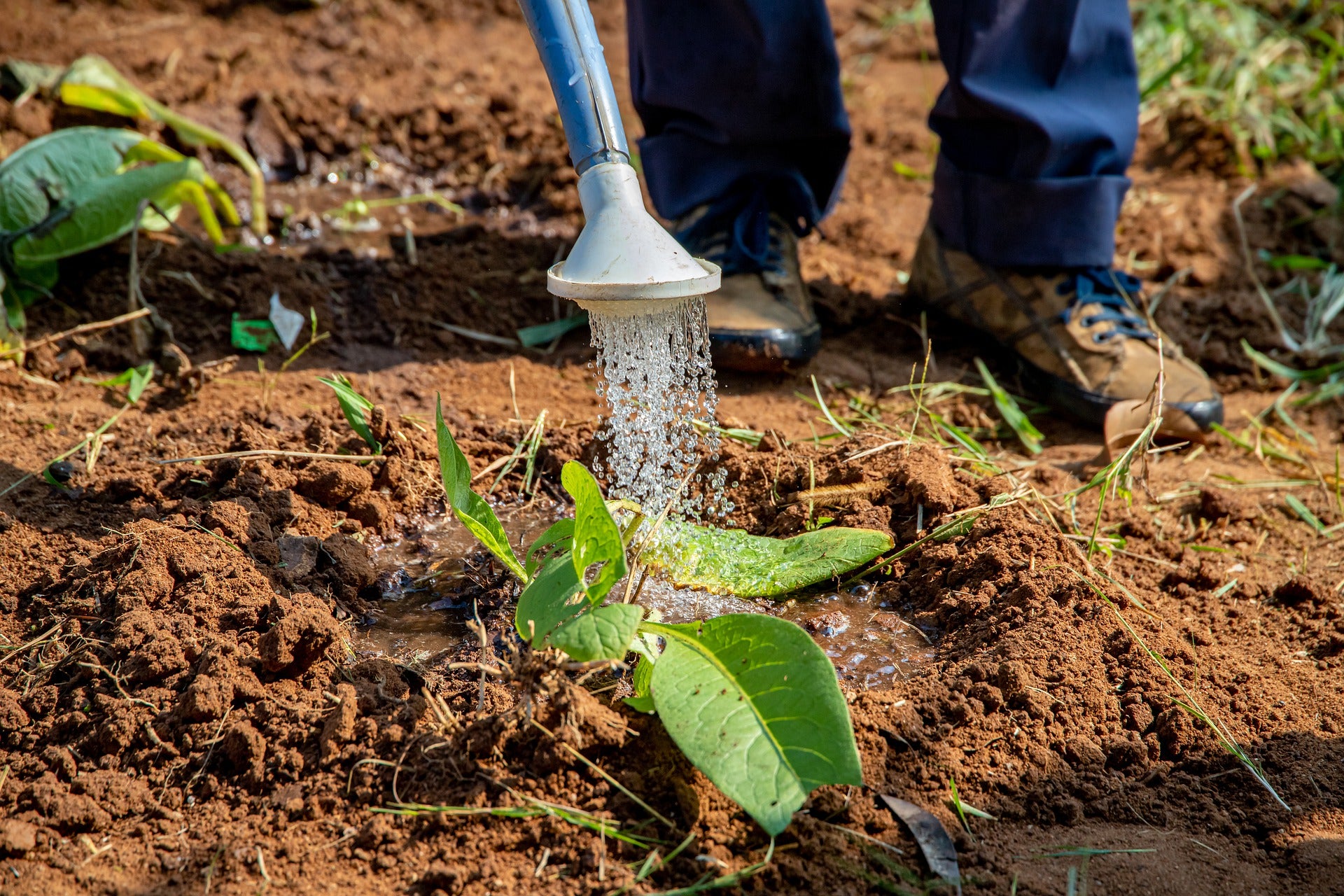Survive a summer drought when growing from Seeds
It is horribly ironic that the months when plants most need water are usually the months when rainfall is at its lowest. July and August, at the height of summer, can be very dry indeed, yet this is the time when fruits should be swelling and ripening, and vegetables should be fattening up ready to harvest.
A regular supply of water is essential to this process. Worse, droughts can throw plants into a panic: thinking they may be about to die, they bolt - in a desperate attempt to flower, produce seeds, and survive for another generation.

Conserving water
Water is a valuable asset at any time of year but when rain is scarce it is particularly precious. It is important that you collect and conserve whatever water you can. When it does rain, think about what measures you can take to ensure you gather as much as possible. Water butts fed from drainpipes can be used to collect rainwater from the roofs of sheds, greenhouses, and outbuildings. Recycled household water ("grey" water) can be used on the allotment, provided you haven't been using bleach and have containers for transporting it. And surface mulches will minimize evaporation in hot weather and help retain moisture in the soil.

Plastic water butts are easy to set up so that they collect and store rainwater from the roofs of sheds. A cover on top keeps out leaves and other debris, and reduces evaporation. A tap at the bottom allows you to fill watering cans.
How to water effectively
The motto here is: soak don't sprinkle.
It's far better to give a few plants a really thorough drink than to give everything a few, meagre sips. A good soaking will get water right down into the soil so that it reaches the roots, which is where the plants are able to take it up and make use of it. In gardens, leaky pipes or seep hoses are an economical way of making a little water go a long way, but they may not be practical on allotments if you are restricted to shared taps or hand pumps.
When is the best time to water? The answer is at the beginning or end of the day, when both sun and air temperatures are fairly low. At midday or in the heat of long summer afternoons, you'll lose most of the water through evaporation.

Which plants need water the most?
In a drought, when water is scarce, you may have to take some tough decisions: if you are unable to water everything, which of your crops take priority? Below are the plants to target.
- Young seedlings and new established plants, which still have shallow roots.
- Fruit and fruiting vegetables that are in the process of swelling - strawberries, raspberries, tomatoes, cucumbers.
- Podded vegetables such as peas and beans as soon as the first flowers start to form.
- Leafy vegetables such as spinach, lettuces, celery, and salads that are prone to bolting.
- Potatoes, especially when they are in flower.
- Plants growing in containers - herbs, strawberries, blueberries, and cranberries.
- New fruit trees planted within the last year or two.

